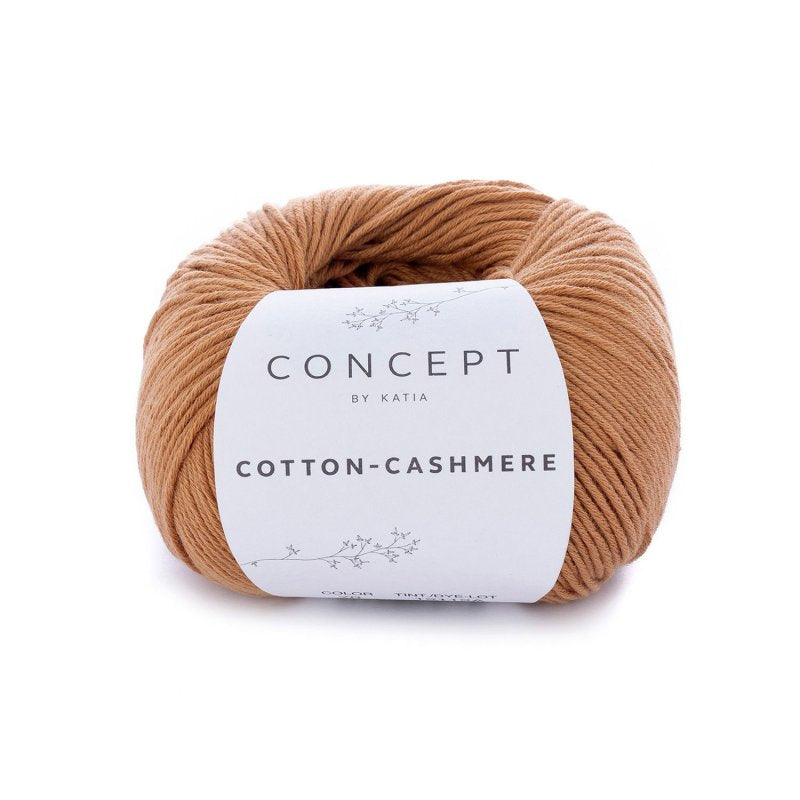Unveiling the Secrets of cashmere and Its Timeless Appeal in Fashion
Unveiling the Secrets of cashmere and Its Timeless Appeal in Fashion
Blog Article
Comprehending the Different Kinds Of Cashmere a Natural Fiber and Their Unique Benefits

The Origins of Cashmere: A Historical Summary
While the glamorous touch of cashmere proceeds to beauty contemporary consumers, its beginnings map back to the severe, chilly environments of Mongolia and the Himalayas. For centuries, the indigenous individuals of these areas have actually been increasing Capra Hircus goats, the prime resource of cashmere wool. These goats, resilient versus the serious winters, grew a fine undercoat to endure, which later on ended up being understood as cashmere.

The Manufacturing Process: From Goat to Garment
Shearing a Capra Hircus goat notes the inception of the intricate cashmere manufacturing procedure. The resultant raw cashmere is then cleaned to remove impurities such as dirt, oil, and vegetable issue.
The clean fiber undergoes dyeing, rotating, and weaving, or knitting, to transform it right into a fabric. Complicated procedures like quality assurance checks and completing processes follow, guaranteeing the end product preserves the extravagant requirement anticipated of cashmere. This meticulous process, from goat to garment, validates the high expense attached to cashmere products, making them a symbol of luxury and improvement.
The Numerous Kinds Of Cashmere: An Extensive Analysis

The One-of-a-kind Benefits of Cashmere: Convenience and Sustainability
Moving from the range of cashmere kinds to the benefits they provide, comfort and sustainability stand out prominently. Cashmere, a natural fiber, is renowned for its unparalleled soft qualities, providing a degree of convenience that artificial fibers can't match.
When it concerns sustainability, cashmere is naturally degradable and sustainable, as it's harvested from cashmere goats who regrow their layers yearly. what is cashmere. Unlike synthetic fibers which can take hundreds of years to decompose, cashmere's influence on the setting is very little. This combination of convenience and sustainability makes cashmere a valuable choice for mindful consumers

Taking Care Of Your Cashmere: Upkeep and Preservation Tips
While cashmere is most certainly a sustainable and luxurious choice, it requires specific treatment to keep its top quality and extend its life-span. To begin, cashmere ought to be hand cleaned using cold water and a light cleaning agent. Prevent wringing the garment or turning as it can damage the fibers. Instead, delicately press out excess water and lay it flat on a towel to completely dry. Furthermore, cashmere products should be saved in a trendy and dry place, far from straight sunlight and wetness. Utilizing moth repellents can safeguard these garments from possible damage. It's suggested to prevent hanging cashmere to prevent stretching. Instead, layer and store them correctly to keep their form and quality in time.
Investing in Cashmere: Understanding Its Worth and Well Worth
Although cashmere might originally seem like anonymous a pricey investment, its lasting worth and worth become obvious when you consider its amazing qualities. Recognized for its unequaled softness and warmth, cashmere is a premium natural fiber that outmatches other materials. Investing in cashmere, consequently, is not just concerning present style trends, however concerning accepting a lasting, long-lasting, and luxurious way of living.
Conclusion
In summary, the type of cashmere one chooses, be it Mongolian, Chinese, or Italian, is dictated by individual preferences for warmth, sustainability, spending plan, and high-end. Recognizing the beginnings, manufacturing process, and distinct benefits of various kinds of cashmere can guide consumers in their investment in this extravagant natural fiber.
Whether it's the remarkable warmth of Mongolian cashmere, the price of Chinese cashmere, or the eco-conscious manufacturing of Italian cashmere, there's a tale to be discovered behind each fiber kind. Cashmere, an all-natural fiber, is renowned for its unequaled softness, giving a level of convenience that synthetic fibers can't match.When it comes to web link sustainability, cashmere is naturally degradable and renewable, as it's collected from cashmere goats who regrow their layers every year. visit this site right here Understood for its exceptional softness and warmth, cashmere is a costs all-natural fiber that surpasses various other products. Understanding the origins, manufacturing procedure, and one-of-a-kind advantages of different kinds of cashmere can assist consumers in their financial investment in this lavish natural fiber.
Report this page